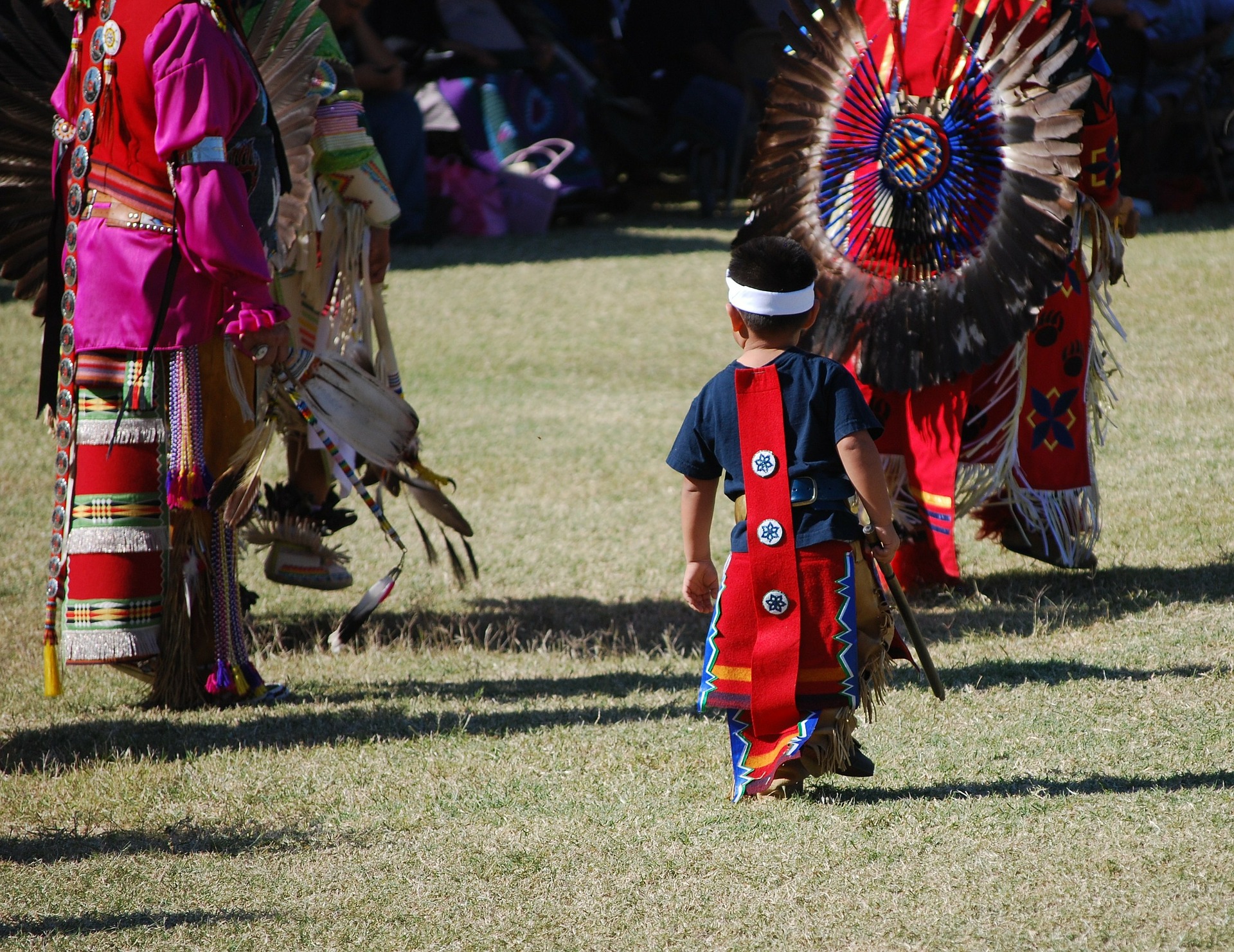
Commercial Sex Exploitation of Native American Children
Native American reservations have been plagued for years with high rates of crime, violence and alcohol abuse. In the past few years sexual violence against women has dramatically risen in many Native American Reservations across the country. The Department of Justice reports that Native American women living on reservations are 2.5 times more likely to experience sexual assault crimes compared to all other races and one in three Native American women reported having been raped during her lifetime. As with other violent crimes committed against Native Americans, reservation law enforcement is often unable to prosecute sexual crimes due to federal law.
Laws or Excuses?
The 1978 Supreme Court case Oliphant v. Suquamish Indian Tribe made it illegal for non-Native Americans to be tried under tribal law. In the case of commercial sexual exploitation of children, unless the man raping the girl is Native American, the man will not be prosecuted. This law has left the women and girls who live on reservations unprotected from the hands of sex traffickers. Even for a Native American charged with a crime, the longest jail sentence the tribe can impose is 3 years.
Raped as a Child, Prostituted as an Adult
New reports of sex trafficking rings and commercial sexual exploitation of children are emerging from the reservations almost weekly–and it is easy to see why. With little deterrent, non-Native American pimps are able to recruit young girls living on reservations with promises to lead them out of the cycle of abuse, poverty and alcoholism that is so common on the reservation. In Minnesota, many young girls are trafficked from the reservation onto the boats in Duluth where they are prostituted in international waters. This occurs so often in Minnesota that it is common to hear of multiple generations of women in the same family being forced to work as prostitutes on the same boat.
A three year study of adult female Native American prostitutes in Minnesota found that 79 percent of the interviewees had been a victim of sex trafficking as a child. Fifty-three percent of the interviewees had survived sexual torture and 49 percent had been kidnapped. Many times the children were prostituted by their own families, grandmothers, mothers and fathers who sell the child for sex in order to pay rent, feed their drug habits or get fast cash.
Who is Buying Children for Sex?
If poverty is rampant on Native American reservations, then the question of “who has the money to purchase sex” begs to be answered. Unsurprisingly the answer is white men. In fact, more than 80 percent of sex crimes on reservations are committed by non-Native American men, who are immune from prosecution by tribal courts.
What’s Being Done to Stop It?
Very little is being done to stop the commercial sexual exploitation of Native American women and children. The Violence Against Women Act was passed earlier this year with a small caveat for tribal jurisdictions. Now the tribal law authorities have jurisdiction to prosecute non-Native American men for domestic violence, dating violence and criminal violation of a protection order. However, the VAWA does not provide any new jurisdiction for the tribal authorities if the sexual violence is between two strangers (including sexual assault, sex trafficking and rape). The VAWA does not cover crimes committed outside Indian country; child or elder abuse or crimes committed by persons “lacking sufficient ties” to the tribe. In reality the tribal jurisdiction of the VAWA really only covers domestic abuse by a non-Native American towards a Native American. Until the tribes get jurisdiction to prosecute all men for sexual violence there will continue to be no deterrent for pimps and non Native American men to traffic women and children living on the reservation into prostitution.
